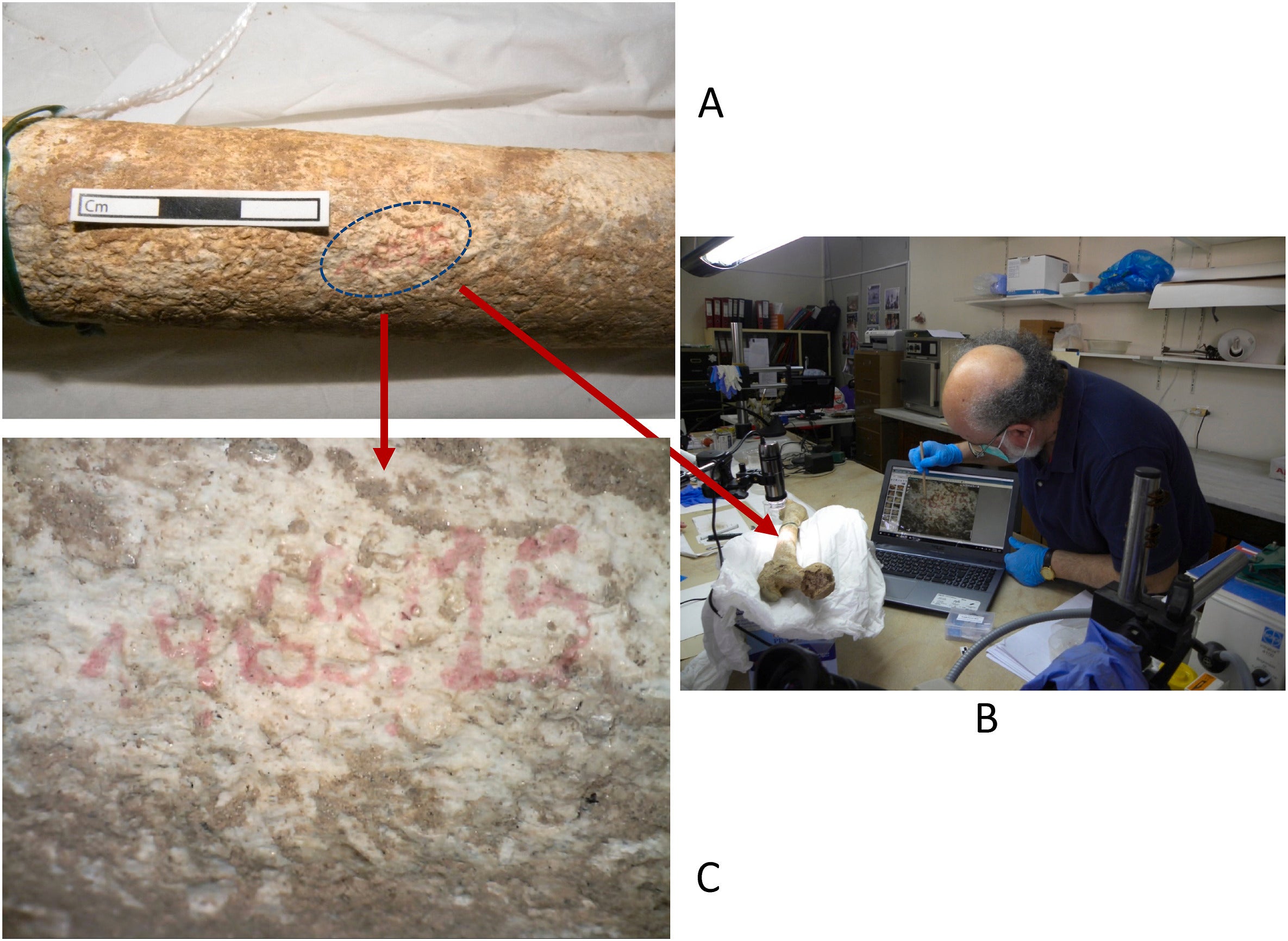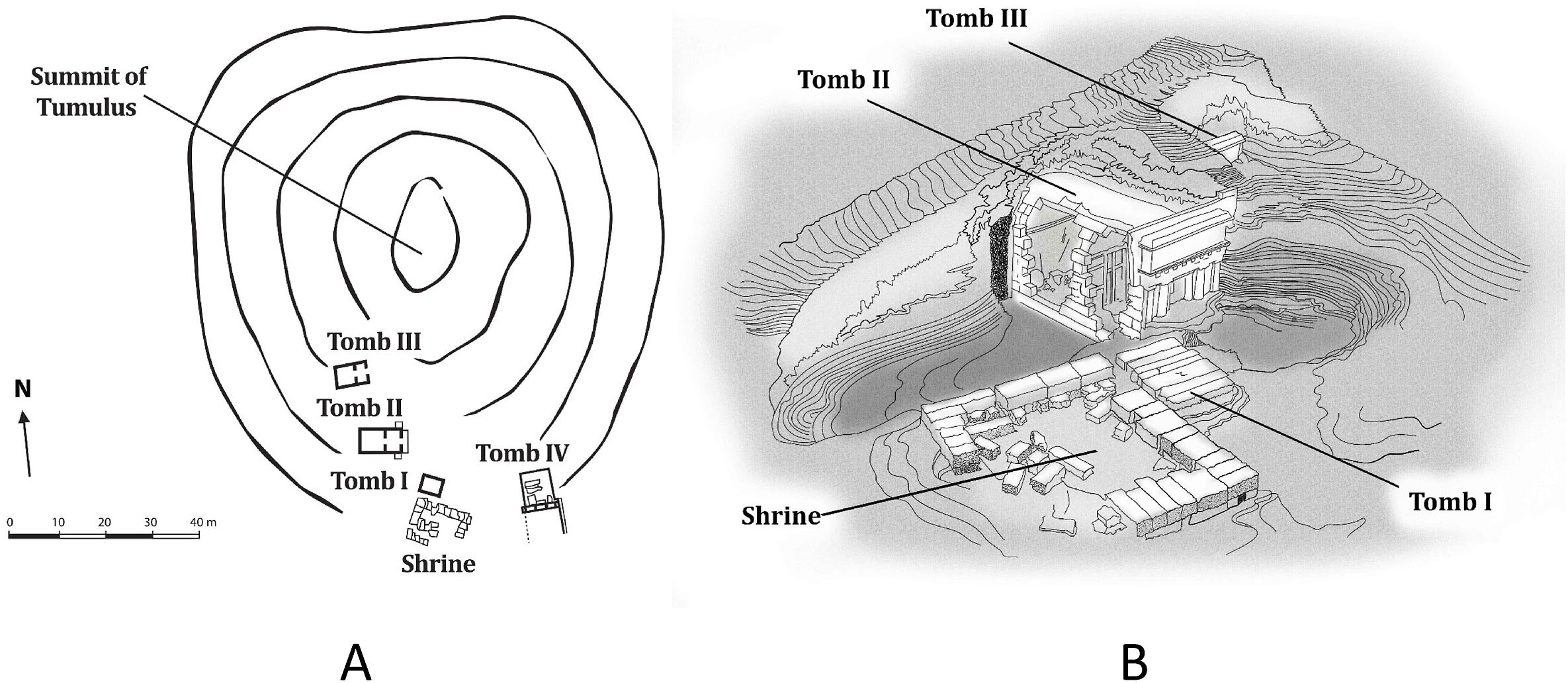ARTICLE AD BOX
A tomb in Greece that was thought to hold Alexander the Great’s father, Philip II, might instead contain the remains of a young woman and six infants, a study suggests.
The study published in the Journal of Archaeological Science, investigates the burial site which was discovered in 1977 at the site of Vergina, also called Aigai, in northern Greece.
Located beneath a large burial mound, Tomb I is near several other tombs which are thought to hold members of Alexander the Great’s family.
Some archaeologists have suggested Tomb I held Philip II, while others believe he was buried in another location called Tomb II, which was not studied in this recent paper.
“Previous suggestions that the skeletal remains belong to Philip II, his wife Cleopatra and newborn child are not scientifically sustainable,” study authors wrote.

Using radiocarbon dating the researchers were able to predict the man and woman lived between 388 and 356 BC.
Researchers also analysed their bones and teeth which suggested the man was aged between 25 and 35 years, when he died. However, Philip II was assassinated in 336 BC at about 46.
Study authors suggested this means the buried man in Tomb I is not Philip II.
The tomb has no doorway and was sealed off, suggesting the man and woman in the tomb were buried together, according to researchers.
However, radiocarbon dating also revealed there were at least six infants placed in the tomb between 150 B.C and 130 AD, which researchers say suggests the children were not related to the man and woman. During this time the Roman Empire controlled the region.

Study authors explained the tomb was likely used as a burial place during the Roman period for disposing dead infants and animal remains.
It’s also believed the opening in the tomb were created by tomb robbers in 274 BC meaning the tombs were accessible during the Roman Empire.
Analysis of skeletal and tooth remains helped to provide more background on who the man and woman were.
Researchers said the man is likely to have spent his childhood away from the Macedonian capital of Pella, which is about 20 miles (32 kilometres) northeast of Vergina.
Analysis of the woman’s upper jawbone revealed she was aged between 18 and 25 years at the time of death.
Further analysis of her tooth enamel and part of the skull revealed she was likely born and lived in the area of Pella/ Vergina in her childhood. Given the fact she was buried in Vergina, she most likely lived all her life in this area, researchers explained.
Study authors said: “The male occupant was most likely an important Macedonian royal of the Argead/Temenid house who died in the period 388-356 BC and was probably honoured or worshipped in the shrine above and entombed likely together with a female.”

.jpeg?trim=0,0,0,0&width=1200&height=800&crop=1200:800)







 English (US) ·
English (US) ·